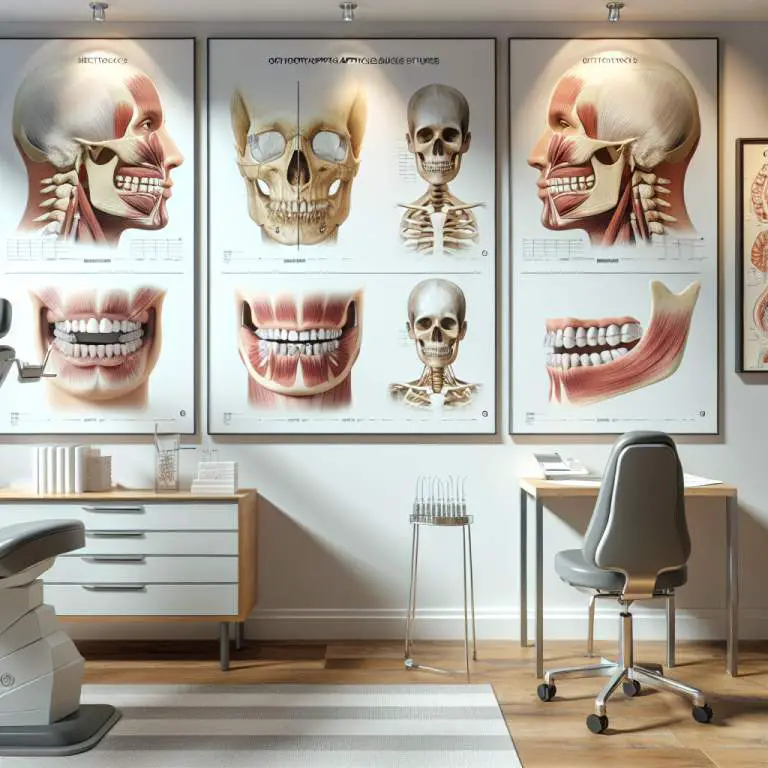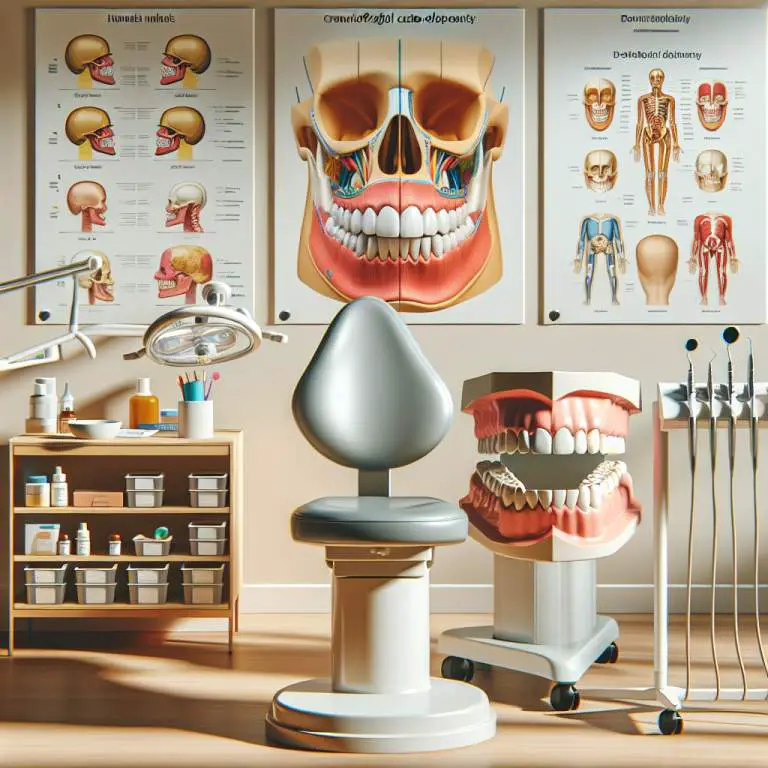Are there any contraindications for mewing in scientific literature?
Scientific literature does not provide specific contraindications for mewing, a technique aimed at improving jawline and oral posture. However, individuals with certain medical conditions affecting the jaw or teeth alignment might need to consult a healthcare professional before starting. It’s important for anyone considering mewing to seek advice from an orthodontist or dentist to ensure it’s safe and suitable for their particular health situation.

How Does Mewing Work and What Are Its Purported Benefits?
Mewing is a technique that involves placing your tongue against the roof of your mouth. This position is supposed to help with the structure of your face and jawline. People say that by doing this, you can make your face look better over time.
The idea behind mewing comes from Dr. John Mew, who believes that our facial structure can be changed with certain oral postures. Some of the benefits people talk about include a more defined jawline, better breathing, and even improved posture. It’s all about how you hold your tongue and breathe.
Can Mewing Actually Change the Shape of Your Face?
There’s a lot of debate about whether mewing can really change how your face looks. Some folks swear by it, saying they’ve seen big changes in their appearance. They believe that by consistently practicing mewing, they have reshaped their jawline and made their faces look better.
However, experts are divided on this topic. While some agree that proper tongue posture can have benefits, there isn’t a ton of scientific proof to back up the claims that it can drastically alter one’s facial structure. So, while there might be some truth to it, we need more research to be sure.
What Age Group Benefits Most from Mewing?
Mewing is often talked about as being most effective for younger people. The reason is that younger individuals’ bones are still growing and changing. This means they might see more noticeable results from mewing compared to older adults whose bones have stopped growing.
That said, even though younger people might see the most benefit, others also try mewing hoping for improvements in facial structure or breathing issues. It’s thought that no matter your age, practicing good oral posture could offer some benefits.
Are There Any Risks Associated with Mewing?
When talking about risks related to mewing, it’s important to remember that if done incorrectly, it could potentially cause problems. For example, putting too much pressure on certain parts of your mouth or teeth could lead to discomfort or even dental issues over time.
Besides physical risks, there’s also the chance of disappointment if results don’t meet expectations. Since there’s limited scientific evidence supporting drastic changes from mewing alone, it’s possible not to see the improvements one hopes for. As with any new practice affecting health or appearance, it’s wise to proceed with caution and realistic expectations.
| Health Concern | Reason Mewing Might Not Be Advisable |
|---|---|
| Temporomandibular Joint Disorder (TMJD) | Can exacerbate jaw pain and dysfunction. |
| Orthodontic Appliances (Braces, Retainers) | Potential interference with orthodontic treatment goals. |
| Osteoarthritis in Jaw | Might increase pain or discomfort due to joint degeneration. |
| Severe Malocclusion | May require professional orthodontic intervention instead of self-led techniques. |
| Recent Maxillofacial Surgery | Risk of disrupting surgical outcomes or healing processes. |
| Congenital Craniofacial Anomalies | Possible contraindication without prior consultation with a specialist. |
How Long Does It Take to See Results from Mewing?
Seeing results from mewing can vary greatly among individuals. Some people may notice changes within a few months, while others might need to practice mewing for over a year to see visible improvements. The process is slow and requires consistent effort.
The time it takes to see results also depends on factors like age and how correctly the technique is applied. Younger individuals tend to see results faster due to their more malleable bone structure. Patience and persistence are key when practicing mewing.
What Techniques Should Be Used for Effective Mewing?
To practice mewing effectively, one must ensure that the tongue is correctly positioned against the roof of the mouth. The entire tongue should be pressed firmly but comfortably against the palate, not just the tip. This helps in engaging the correct muscles for optimal results.
Additionally, maintaining proper posture is crucial when practicing mewing. An upright posture enhances the effectiveness of this technique by aligning the throat and jaw properly. Breathing through the nose rather than the mouth is also an essential part of effective mewing.
Are There Any Contraindications for Mewing in Scientific Literature?
In scientific literature, there’s limited direct discussion on contraindications for mewing specifically. However, it’s important to approach any new oral posture technique with caution if you have existing jaw or dental issues. Consulting with a healthcare professional before starting is advisable.
Individuals with TMJ disorders or orthodontic appliances like braces might find it challenging or uncomfortable to apply mewing techniques correctly. In such cases, professional guidance can help adjust or recommend alternatives that won’t exacerbate existing conditions.
Final Thoughts
Mewing has gained popularity as a method for potentially improving facial structure and health through proper tongue posture. While some individuals report positive changes, it’s important to have realistic expectations and understand that results can take time and may vary widely.
Practicing correct techniques and being mindful of any personal health conditions are crucial steps towards safely exploring what mewing has to offer. As with any self-improvement technique, consulting with professionals can provide additional insights tailored to individual needs.







